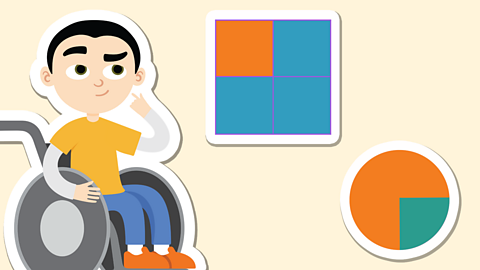What are tenths?
What is the difference between the parts and the whole when looking at fractions?
Tenths come from splitting a whole into ten equal parts. 'One tenth' can be written as 1/10.
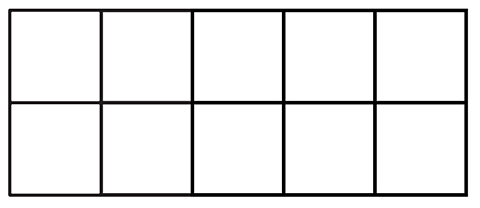
This rectangle has been split or divided into ten parts and each separate part is the same or equal.
Example 1
Take a look at this rectangle.
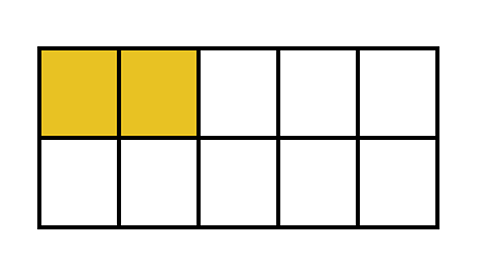
How many tenths are shaded?
You can see that two parts have been shaded in or 2/10.
How many more tenths would you need to make a whole?
To make the whole, you would need to shade in 8 more parts or 8/10.

When working with fractions the top number is the numerator and this tells us how many parts we are interested in, in this case 2.
The bottom number is the denominator and this tells us how many parts make up the whole rectangle, in this case 10.

Example 2
Can you see how many tenths have been shaded in this rectangle?
How many more tenths do we need to make a whole?
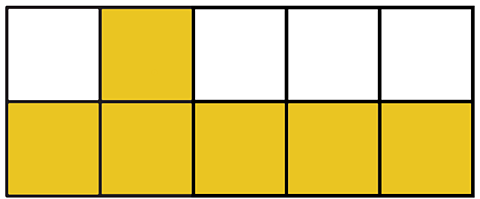
You can see that six parts have been shaded in or 6/10.
To make the whole, you would need to shade in 4 more parts or 4/10.
We can say, 6/10 and 4/10 make the whole.
When working with tenths you can use your number bonds to 10 help you. 4 and 6 makes 10.
Activities
Quiz 1
Test your knowledge of identifying tenths in this quick quiz.
Quiz 2
Now try your hand at some trickier tenths questions!
NEW! Play Guardians: Defenders of Mathematica - the Halloween update. gameNEW! Play Guardians: Defenders of Mathematica - the Halloween update
Experience Mathematica as you’ve never seen it before, with all-new backgrounds and costumes for Halloween. Available for a limited time only. Use your maths skills to save the day before it's too late!

More on Fractions
Find out more by working through a topic
- count9 of 26
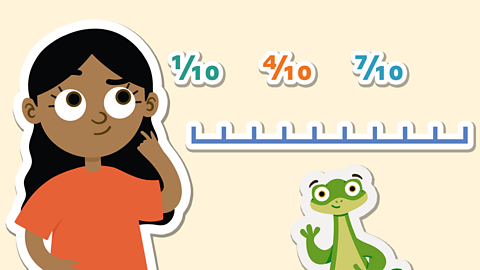
- count10 of 26
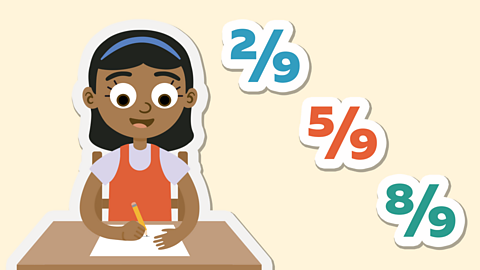
- count11 of 26
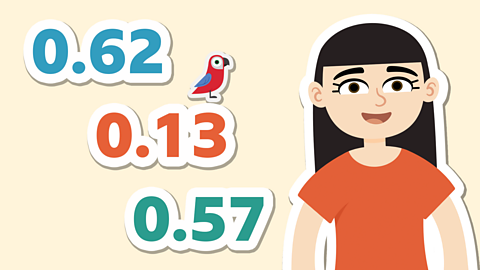
- count12 of 26
